Growing Great Eggplant – What You Need to Know
The More You Know – the Better You Grow
Eggplant gets its name from a small white Oriental variety that is rarely grown in the United States. We are used to seeing the large, shiny purple elongated globes, so the original name is somewhat of a mystery to most gardeners. It is known by other names around the world, including aubergine in Europe, brinjal in India, eggfruit, tomato-fruited eggplant,
Fresh-picked, home-grown eggplant is mildly sweet and delicious, taking up other ingredients into itself when cooked. The all-too-familiar bitter, off-putting flavors come from fruits picked slightly unripe, trucked to a store that are almost a week old before appearing on the shelves. Grow your own and taste the differences!
History
A member of the Solanaceae or nightshade family, its cousins are tomatoes, peppers, and potatoes. Southeast Asia – likely India, China, Thailand, or Burma – is considered to be the center of origin where it still grows wild; a spiny, bitter, orange, pea-sized fruit that has been cultivated and refined for over 1,500 years.
The earliest uses seem to be medicinal as some of the earliest written Ayurvedic texts dating to around 100 BC describe the health benefits of using eggplant. The Chinese spent much time domesticating and breeding for desirable traits, as Wang Bao’s writing in 59 BC details the transplanting of seedlings at the Spring equinox. Later Chinese documentation shows the specific changes that growers brought to the fruit, from small, round, green fruit to the recognizable large, long-necked, purple-skinned fruits we know today.
Trade spread the seeds into Europe, where Spanish explorers brought them to the New World and by the early 1800s, both white and purple varieties were common in American gardens.
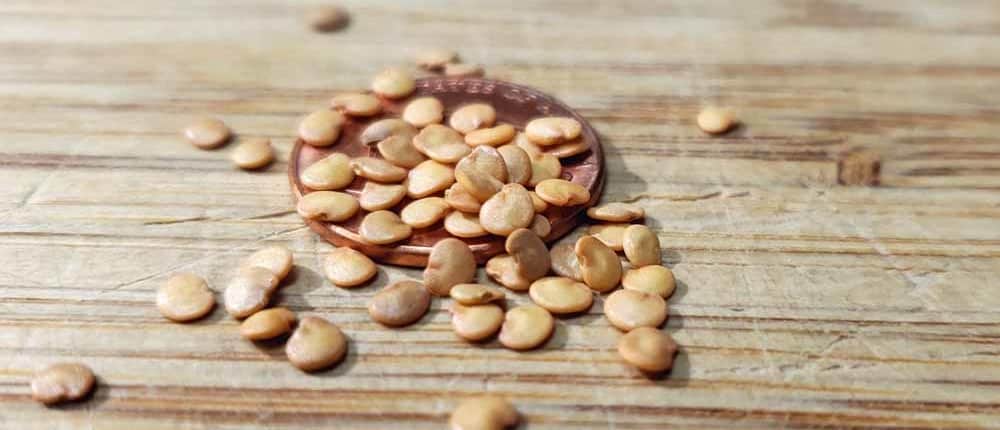
Site Needs
Eggplant is heat-loving, growing happiest in gardens with five months or more of warm to hot weather. Choose a sunny location where the sun can warm up the soil early. Raised beds and large black containers work wonders in colder climates to warm the soil sooner than in-ground gardens. Cool temperatures below 60°F reduce fruit production. In hot weather climates, afternoon shade can prevent leaf and fruit scalding, as fruit production decreases above 95°F.
Three to four plants will supply a steady stream of fresh delicately sweet fruit for a family, with extra for friends, neighbors, and co-workers.
Soil Needs
Like its tomato cousins, eggplant is a heavy feeder needing a rich, fertile soil to grow well and produce the best fruits. Adding well-aged compost into the bed the fall before planting provides nutrients all season. Fall cover crops improve the soil structure and fertility, as well as feeding the beneficial soil organisms doing the heavy work of transporting specific nutrients to the plant roots.
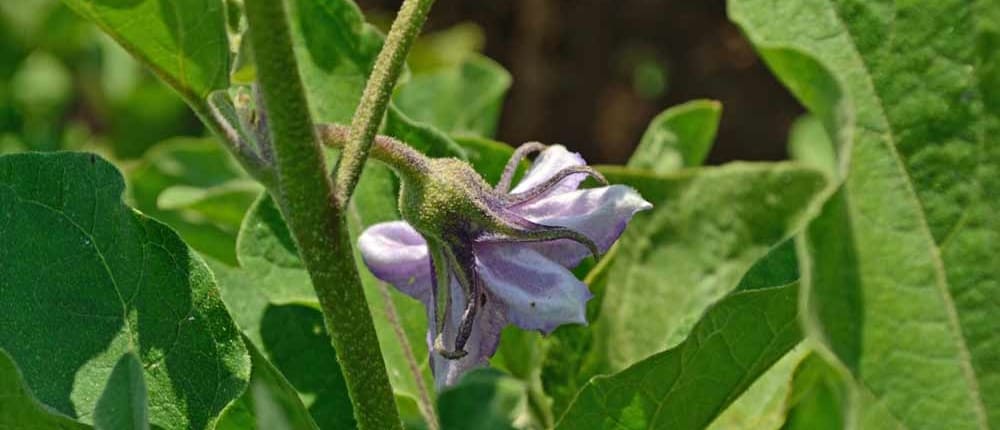
Planting
Soak the seeds overnight and plant in warm soil – ideally 80° to 85°F, but no less than 70°F – to greatly improve the germination rates. In warm soil, sprouts will appear in 7 to 12 days but can be delayed to three weeks or more in soil less than 70°F.
For almost all of North American gardeners, starting seeds indoors and transplanting them out after the soil warms up is the most successful method. Sow seeds indoors 6 to 8 weeks before your last expected frost date. Plant the seeds no deeper than twice their size in loose, moist soil then reduce the soil moisture to barely damp after the seedlings appear to reduce damping off and fungal issues. Transplant seedlings as needed into larger pots or containers to give the roots room to grow. Some gardeners will delay transplanting until a couple of weeks past last frost date to ensure bigger plants and earlier harvests, as well as avoiding early flea beetles.
Harden the young plants off by setting them outside on warmer days and bring them in the late afternoon, helping them become more robust and ready for transplanting into the garden. Transplant after the soil is warming up and not dropping below 60°F at night. Measure the soil temperature first thing in the morning to see what the minimum is.
Give the plants enough room to grow with good air circulation – eggplant doesn’t thrive in an intensively planted setting. 2 to 3 feet between plants is a good distance, allowing the sun to reduce molds and mildew while ripening the fruits faster and more evenly. Adding a bit of well-aged compost into the transplant hole helps feed the plants.
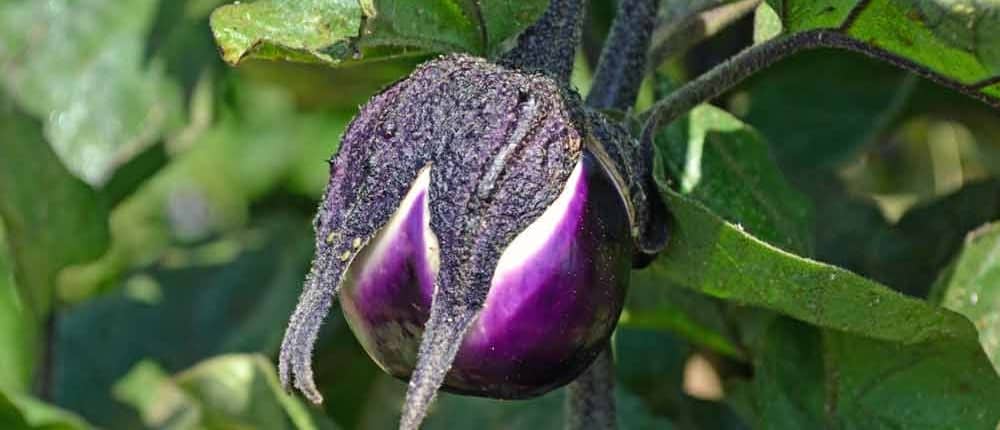
Growing
Eggplant has a shallow root system, so avoid cultivating too closely and pull or clip weeds carefully to not disturb their roots. Better yet, use a 2 to 3-inch layer of mulch for weed suppression that also insulates the roots and soil from excessive moisture loss while keeping them cool in hot weather.
Bigger yields come from starting the plants early and transplanting big, robust, healthy starts into warm soil in a sunny area. Keep them warm with moist roots and pest-free, otherwise, they can be set back and have a difficult time recovering. Producing lots of fruit requires lots of nutrition, so feeding a diluted liquid fish emulsion, milk & molasses snack, or other organic liquid fertilizer once a month will keep the plants in tip-top condition and health.
Companion Planting
Companion planting is an excellent weed and pest control technique. An early season crop of lettuce, French parsley, or spinach followed by herbs like French tarragon, thyme, or Mexican marigolds. Beans and peas provide needed nitrogen and shade in hotter climates. In cooler climates, make sure the beans or peas don’t shade out the sun-loving eggplant.
One word of warning on companion planting beans and Mexican marigold – they are antagonistic, so don’t plant both with eggplant, choose one or the other!
Other nearby companion plants to consider are beneficial insect flower mixes to bring in ladybugs, lacewings, and others to keep aphids under control.
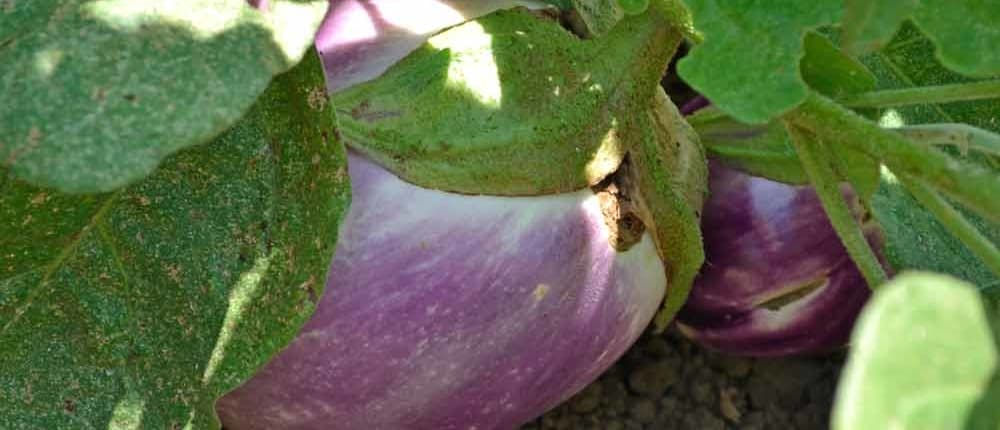
Pests and Diseases
Colorado potato beetles can be a threat, but growing a companion crop of bush beans will help repel them. Inspect the undersides of leaves for the tell-tale yellow egg masses and pick them and any adult bugs off immediately.
Tomato worms can appear, so pick them off as you would on tomato plants. Knock aphids and red spiders off with a blast of water from the garden hose.
Flea beetles are the largest threat and can riddle young plants with tiny holes seemingly overnight. Small round holes in the leaves and tiny insects that jump like fleas are signs of flea beetles. In extreme infestations, the plants can lose their leaves and die. Young transplants are most susceptible and early detection is the key to preventing extensive damage.
From our personal experience, you can have very riddled leaves on your eggplant and still produce fruits. Do not give up hope, try to rid the plant of the beetles and give a little extra nutrition.
Trap crops of mustard planted near the area are helpful, as is interplanting with Daikon radishes to repel the flea beetles. If there is a sudden infestation, floating row covers and yellow sticky traps will help control the adult population.
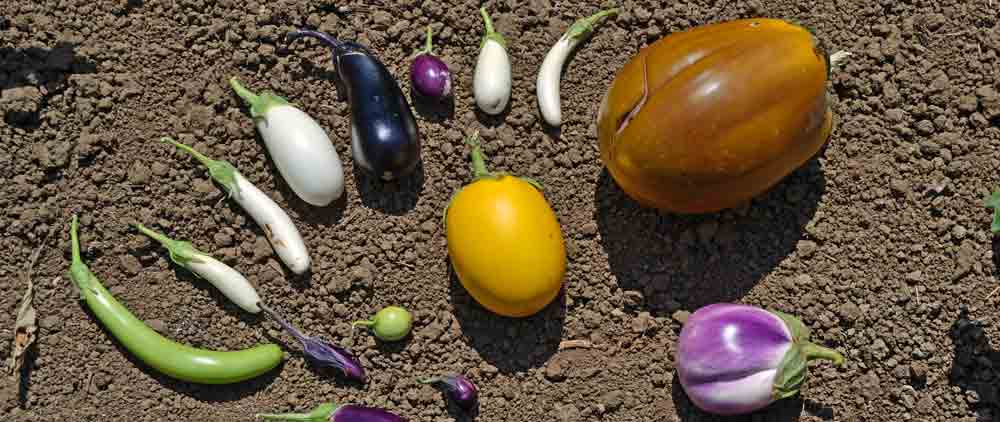
Harvest
Fully mature fruit has a shiny, smooth skin and firm texture. If the skin is dull, has any wrinkles, or is not firm to the touch – it is over-ripe or old and will be bitter.
When harvesting, cut the stems with a sharp knife or shears, don’t twist or pull them off as that damages both the fruit and plant. Handle carefully as they are delicate and bruise easily.
Harvest can start once the fruit is about one third mature size and still be tasty. This is a saving grace in the fall when frost threatens, just pick the young ones and have one last feast of baby eggplant!
Flavor is at its absolute peak just after harvest, but they can usually be stored a day or two in a cool place before starting to turn bitter.
Sicilian Eggplant and Tomato Sauce is an easy and simple but brilliantly delicious way to showcase your home-grown, fresh-picked garden bounty!

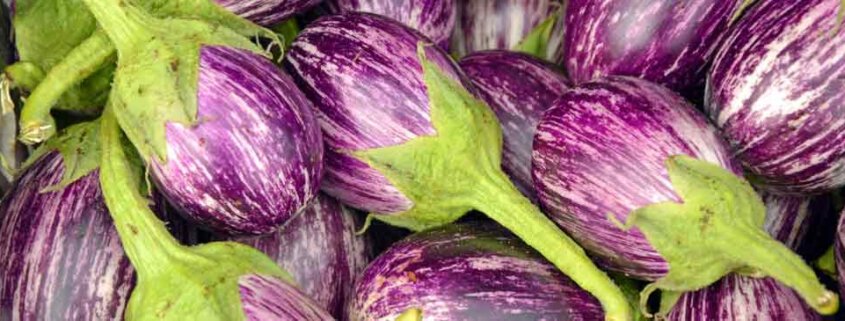 2019 Terroir Seeds | Underwood Gardens
2019 Terroir Seeds | Underwood Gardens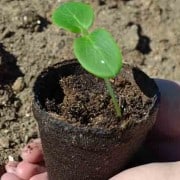


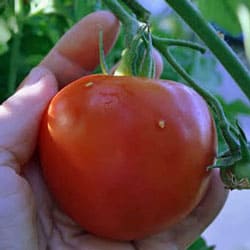

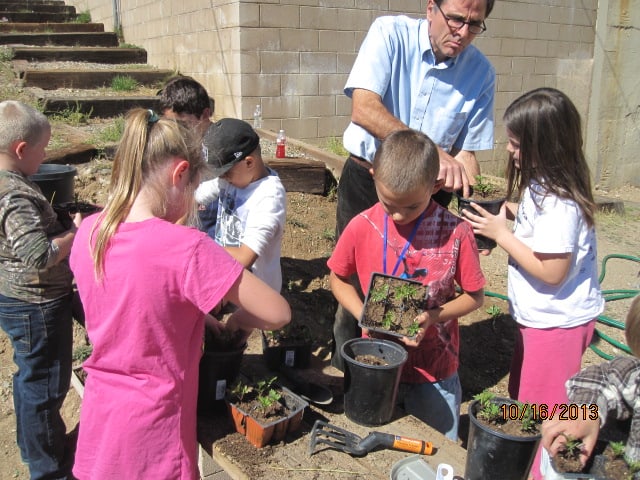
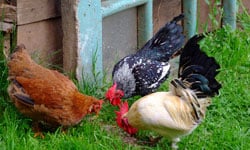
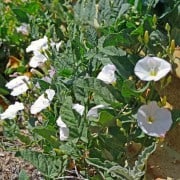
Leave a Reply
Want to join the discussion?Feel free to contribute!